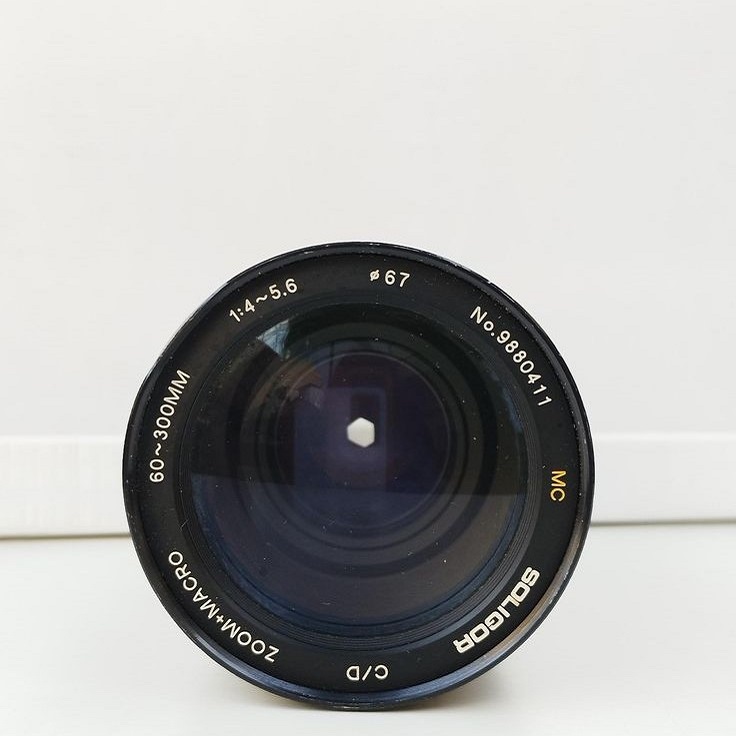Introduction to High-Resolution Camera Lenses
In the world of photography, having the right equipment can make all the difference. For landscape photographers, high-resolution camera lenses are a must-have. These lenses are designed to capture every detail with exceptional clarity, ensuring that your landscape shots are as crisp and vibrant as the real thing. Whether you’re a professional photographer or an enthusiastic amateur, investing in high-quality camera lenses is a step towards elevating your photography to the next level. In this article, we will explore the importance of high-resolution camera lenses, the key features to look for, and how to choose the perfect lens for your needs. We will also discuss some of the top brands and models available on the market today, providing you with the information you need to make an informed decision.

The Importance of Image Sharpness in Landscape Photography
Landscape photography is all about capturing the beauty of nature in its most pristine form. One of the most critical aspects of achieving this is image sharpness. A high-resolution camera lens ensures that every element in your shot, from the tiniest leaf to the vast expanse of the sky, is rendered with precision and detail. This level of sharpness not only enhances the overall aesthetic appeal of your photographs but also allows for greater flexibility in post-processing. With a sharp image, you can crop, zoom, and adjust without losing the integrity of the details. Additionally, high-resolution lenses often come with advanced optical technologies, such as low dispersion elements and aspherical lenses. Which help to minimize chromatic aberration and other optical distortions. This results in images that are not only sharp but also free from unwanted artifacts, making them truly stand out.
Key Features to Look for in High-Resolution Camera Lenses
When shopping for high-resolution camera lenses, there are several key features to consider. First and foremost, the resolution of the lens should match or exceed the resolution of your camera sensor. This ensures that you are maximizing the potential of your equipment. Another important feature is the aperture, which determines the amount of light that enters the lens. A wider aperture (lower f-number) allows for more light. Which is particularly useful in low-light conditions and for creating a shallow depth of field.

Additionally, the build quality of the lens is crucial. Look for lenses made with durable materials and weather-sealed construction, especially if you plan to shoot in challenging outdoor environments. Other features to consider include image stabilization, which helps to reduce camera shake and blur, and the presence of specialized coatings that enhance contrast and reduce flare. By focusing on these key features, you can find a high-resolution camera lens that meets your specific needs and delivers outstanding results.
Wide-Angle Lenses for Capturing Broad Landscapes
Wide-angle lenses are a staple in the landscape photographer’s toolkit. These lenses offer a broad field of view, allowing you to capture expansive scenes with ease. They are particularly useful for photographing large landscapes, such as mountain ranges, coastlines, and cityscapes. One of the main advantages of wide-angle lenses is their ability to create a sense of depth and scale. By including more of the foreground in the frame, you can add context and perspective to your images, making them more engaging and dynamic. High-resolution wide-angle lenses also excel at maintaining edge-to-edge sharpness, ensuring that even the corners of your frame are crisp and clear. Some popular wide-angle lenses include the Canon EF 16-35mm f/2.8L III USM, the Nikon AF-S NIKKOR 14-24mm f/2.8G ED, and the Sony FE 16-35mm f/2.8 GM. Each of these lenses offers exceptional performance and is highly regarded by professional photographers.

Telephoto Lenses for Detailed Landscape Shots
While wide-angle lenses are great for capturing broad landscapes, telephoto lenses are ideal for isolating specific details and compressing perspectives. Telephoto lenses have a longer focal length, which magnifies distant subjects and brings them closer to the viewer. This makes them perfect for capturing detailed shots of distant mountains, wildlife, or intricate natural patterns. High-resolution telephoto lenses, such as the Canon EF 70-200mm f/2.8L IS III USM, the Nikon AF-S NIKKOR 70-200mm f/2.8E FL ED VR, and the Sony FE 70-200mm f/2.8 GM OSS, are known for their excellent image quality and sharpness.

These lenses often come with advanced features like image stabilization, which is essential for handheld shooting at longer focal lengths. Additionally, telephoto lenses can be used to create a compressed perspective, where the distance between objects appears smaller, resulting in a unique and dramatic effect. Whether you’re looking to capture the fine details of a distant landscape or create a striking composition, a high-resolution telephoto lens is a valuable addition to your kit.
Lens Quality and Its Impact on Image Quality
The quality of a camera lens directly impacts the quality of the images it produces. High-resolution lenses are typically made with premium materials and advanced optical designs, which contribute to their superior performance. One of the key factors in lens quality is the use of high-quality glass elements. These elements, such as extra-low dispersion (ED) and aspherical (ASPH) lenses, help to minimize chromatic aberration, distortion, and other optical imperfections. As a result, the images produced by high-resolution lenses are cleaner, sharper, and more true to life.

Another aspect of lens quality is the build and construction. High-end lenses are often built with durable materials, such as metal, and feature weather-sealing to protect against dust and moisture. This not only ensures the longevity of the lens but also allows you to shoot in a variety of conditions without worrying about damage. Additionally, the focus and aperture mechanisms of high-quality lenses are typically smoother and more precise, providing a better shooting experience and more consistent results. By investing in a high-quality lens, you are ensuring that your images will be of the highest possible standard, regardless of the shooting conditions.
Choosing the Right High-Resolution Camera Lens for Your Needs
Understanding Your Specific Needs:
Type of Landscape Photography: The type of landscapes you typically photograph will greatly influence your lens choice. For instance, if you enjoy capturing vast, sweeping vistas and expansive scenes, a wide-angle lens would be more appropriate. Conversely, if your focus is on detailed, close-up shots of distant subjects, such as wildlife or specific features in a landscape, a telephoto lens would be better suited.
Focal Length Considerations:
Wide-Angle Lenses (16-35mm): These lenses are perfect for capturing large, panoramic views. They allow you to include more of the scene in your frame. Making them ideal for landscapes with broad horizons, cityscapes, or interior architecture.
Telephoto Lenses (70-200mm or 100-400mm): Telephoto lenses are designed to bring distant subjects closer, making them excellent for isolating specific elements in a landscape, such as mountains, trees, or wildlife. They also compress the perspective, which can create a unique and dramatic effect in your photos.
Camera Compatibility:
Mount Type: Ensure that the lens you choose is compatible with your camera’s mount. Different camera brands (e.g., Canon, Nikon, Sony) have different mount types, and using an incompatible lens can result in poor performance or even damage to your equipment.
Sensor Size: Consider whether your camera has a full-frame or APS-C (crop) sensor. Some lenses are specifically designed for one or the other, and using a lens not optimized for your sensor size can affect the field of view and image quality.
Shooting Conditions:
Weather Sealing and Durability: If you frequently shoot in challenging environments, such as rain, snow, or dusty conditions, a weather-sealed lens with robust construction is essential. These lenses are designed to withstand harsh conditions, ensuring that your gear remains protected and functional.
Build Quality: Look for lenses with high-quality materials and sturdy construction. A well-built lens will not only last longer but also perform better under various shooting conditions.
Budget:
Cost vs. Performance: High-resolution camera lenses can be quite expensive. But they are a worthwhile investment if you are serious about your photography. Determine your budget and look for lenses that offer the best balance of performance and value.
Value for Money: Research and read reviews to find lenses that provide excellent performance at a reasonable price. User feedback and professional reviews can give you insights into the real-world performance and durability of the lens.
By carefully considering these factors, you can make an informed decision and find the perfect high-resolution camera lens to elevate your landscape photography. Whether you are capturing the grandeur of a mountain range or the intricate details of a distant subject, the right lens will help you achieve stunning results.

Conclusion: Elevate Your Landscape Photography with High-Resolution Camera Lenses
In conclusion, high-resolution camera lenses are essential for capturing crisp and stunning landscape shots. These lenses offer exceptional image sharpness, advanced optical technologies, and robust build quality. Making them a valuable tool for both professional and amateur photographers. Whether you opt for a wide-angle lens to capture broad landscapes or a telephoto lens to isolate specific details. The right high-resolution camera lens can significantly enhance the quality of your images. By understanding the key features to look for, the different types of lenses available. And how to choose the right one for your needs, you can take your landscape photography to the next level. Invest in a high-quality lens, and you’ll be rewarded with breathtaking, professional-grade images that truly capture the beauty of the natural world.

